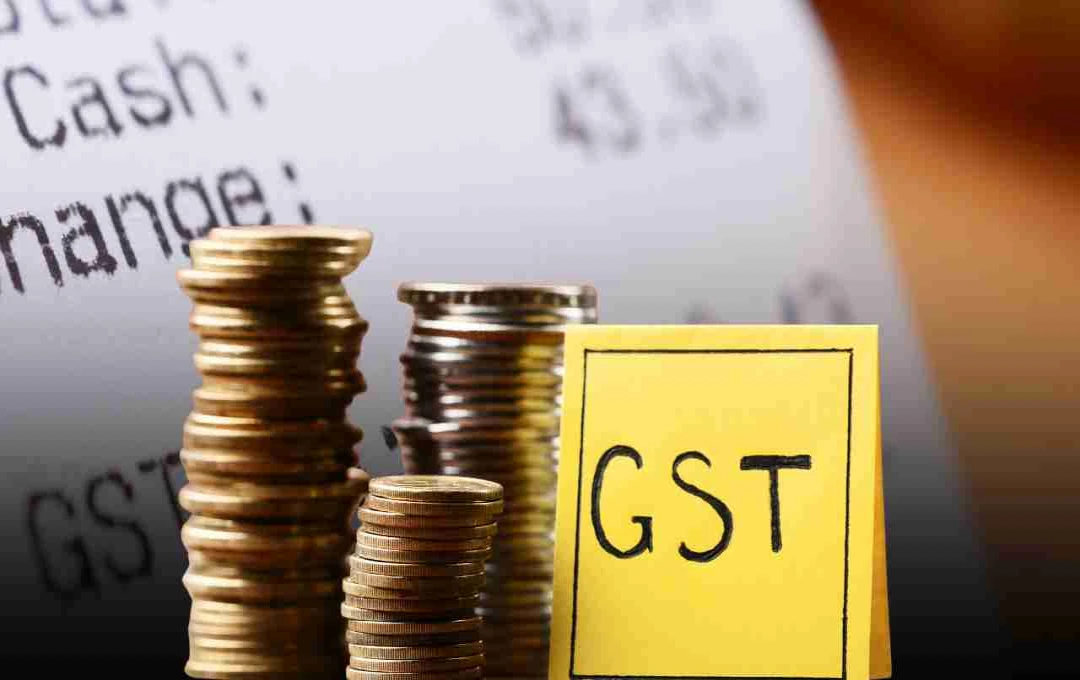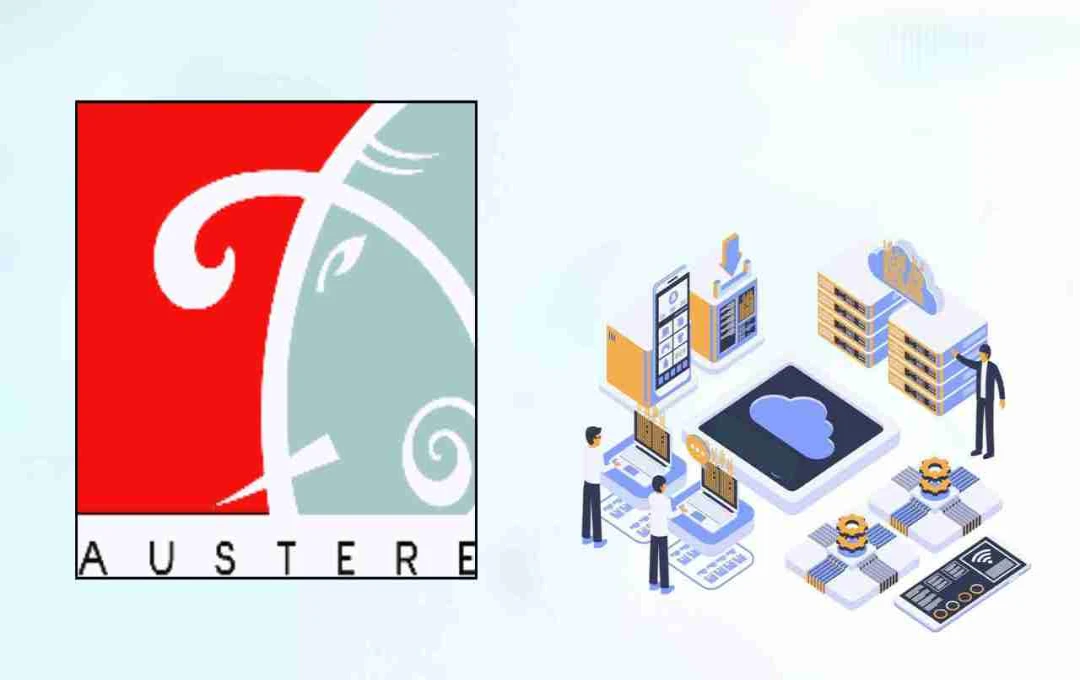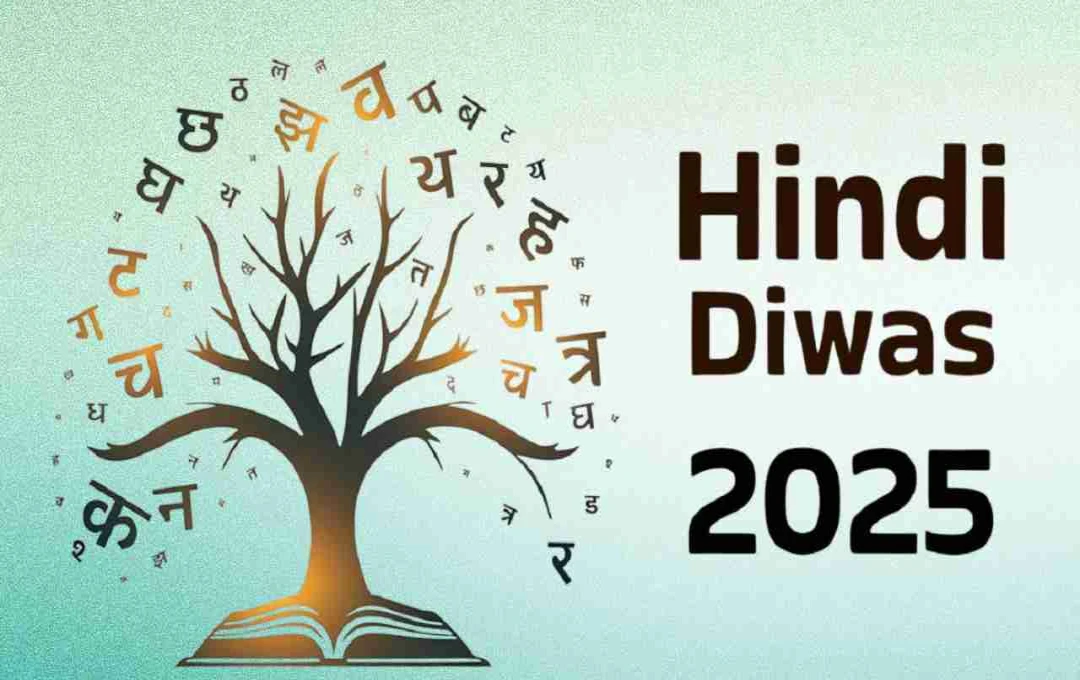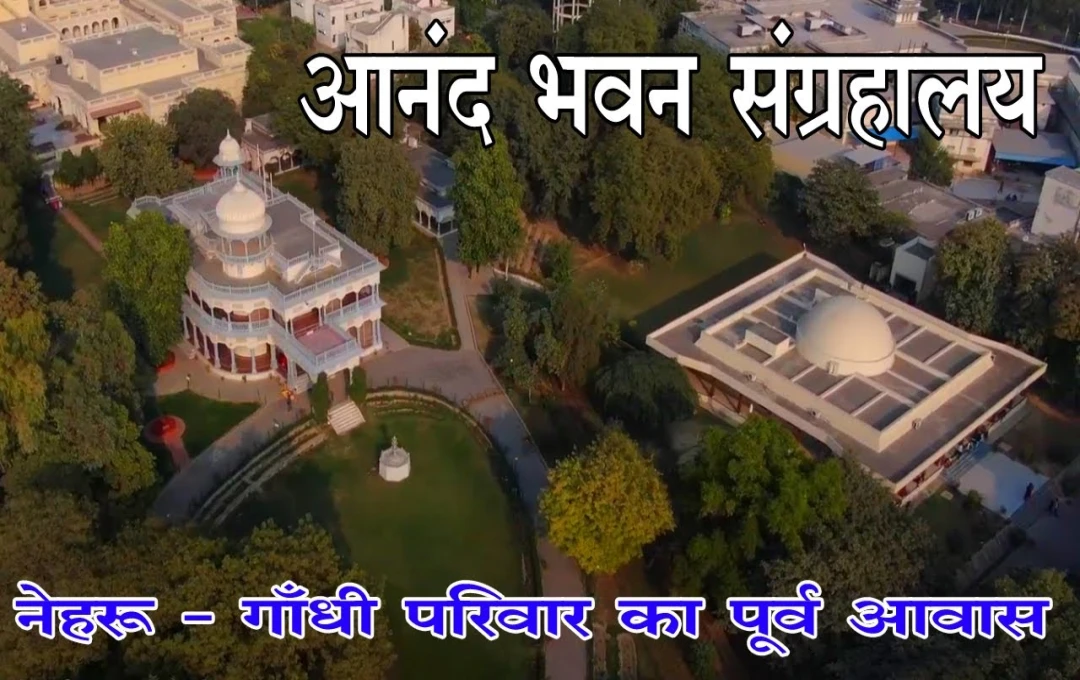GST reforms will be implemented in India from September 22, reducing tax rates from four to three. This will help boost spending for the middle class and industries. However, Moody's has warned that this could lead to a decrease in government tax revenue and increased financial pressure.
GST 2.0: The Indian government has announced the implementation of GST rate reforms from September 22. Under the new structure, tax rates will be 5%, 18%, and 40% for premium goods. According to global rating agency Moody's, these reforms will be positive for consumers and industries, but there is a risk of a reduction in government tax revenue and an increase in the fiscal deficit. Moody's also stated that maintaining fiscal balance will be challenging due to high debt levels and the compulsion of interest payments.
Changes in GST
The government has decided to reduce GST rates from the previous four tiers to three main rates. Under the new structure, a rate of 5% and 18% will apply to common goods and services. Additionally, a 40% rate will be applicable to certain specific and premium goods. The aim of this change is to simplify the tax system and create ease for consumers and the business community.
Moody's believes that this reform will be particularly beneficial for consumers in the lower and middle-income brackets. This will increase their spending and support sales for many industries.
Boost to Growth
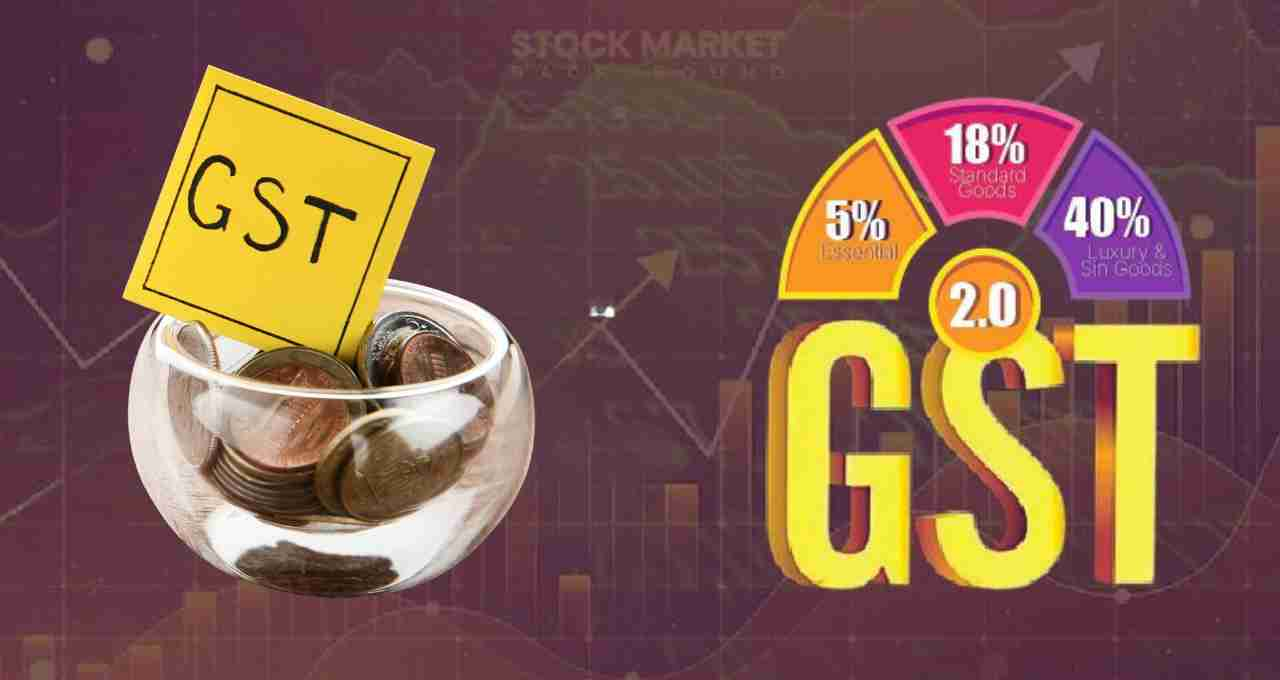
GST reforms will reduce the financial burden on consumers and increase market spending. Moody's has stated that increased consumer spending will strengthen demand in the economy and accelerate the country's growth. This change is expected to be beneficial, especially for the middle class and small businesses.
The implementation of new rates will simplify tax compliance for businesses, allowing them to focus on their operations. This could also lead to increased production and employment opportunities.
Threat to Revenue
However, a significant negative impact of this reform could be on government revenue. Moody's has warned that the government may face a reduction in tax collections. According to government estimates, revenue could decrease by approximately ₹48,000 crore due to the GST reform this year. However, Moody's believes this figure could be higher, as the new GST structure will be in effect for the entire next fiscal year.
The government's financial pressure may increase, making debt reduction difficult. Furthermore, recent reforms like increased income tax exemption in the central budget could also hinder government revenue.
Challenge of Fiscal Balance
India's current debt level is quite high. In 2024-25, approximately 23% of the government's total revenue will be spent solely on interest payments. This means that the government will have limited resources left for development and social schemes. Moody's report states that the government will need to strike a delicate balance between growth and fiscal consolidation.
